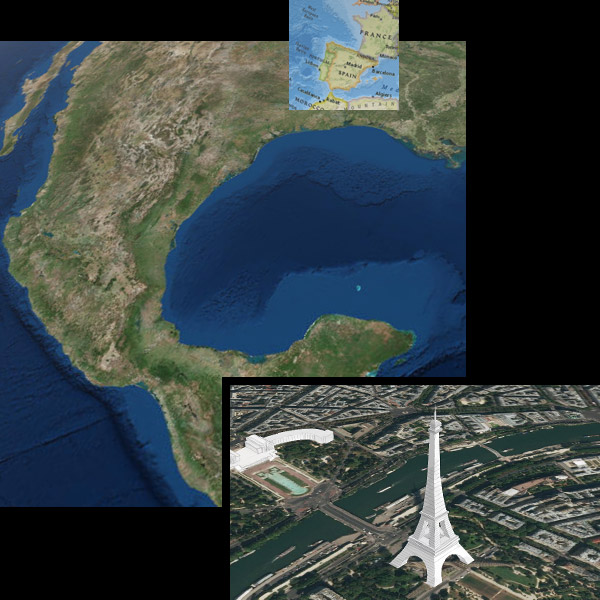
The following keystrokes control navigation in the 3D viewer. This can also be done by selecting the Trackball option from Tools > Options > Navigation ( Google Earth > Preferences > Navigation on the Mac). Switches navigation in the 3D viewer to Trackball mode. Produces the New Image Overlay dialog box. Plays the tour mode for all selected items in the Places panel.Īdds a new placemark to the current view. Produces a latitude and longitude grid over the surface of the earth in the 3D viewer. Toggles between full screen and window view for the Google Earth application. Zooms into a selected folder, placemark, or other item in the Places panel. Note that this is different than search for places on the earth.ĭeletes an item selected in the Places panel.Įnters edit mode for a selected item in the Places panel, so you can change the name without bringing up the Edit Placemark dialog box. Use this to find places that exist in the Places panel. You can use this feature to organize your places data. Pastes a placemark or other item into the selected folder in the Places panel.

Both icon or listing item must first be selected. Produces the print dialog box, allowing you to print the current view, placemark, folder contents or search results.Į-mails the current view either as a placemark or image file.Ĭopies the current selection in the Places listing.Ĭuts a placemark or other item from the listing in the Places panel. Saves the current view as an image to your computer.ĭisplays the current view in Google Maps.

Produces the file open dialog box, allowing you to open all supported Google Earth file types. You can use the down and up arrows to select items once the menu is open. Use the down and up arrows to select items once this menu is open.

The following keystrokes control the Google Earth application:


 0 kommentar(er)
0 kommentar(er)
